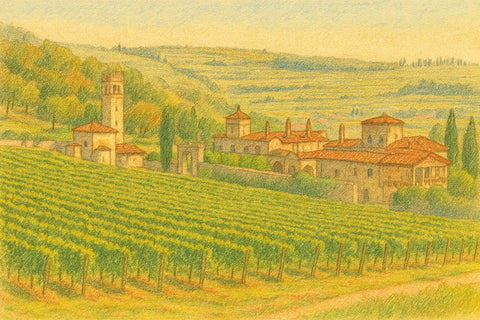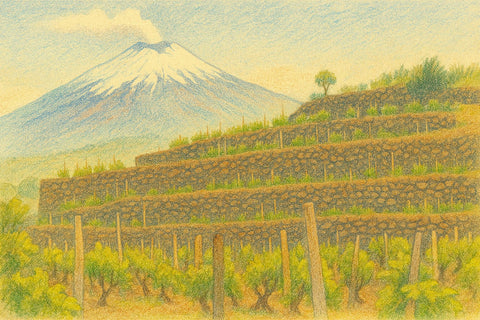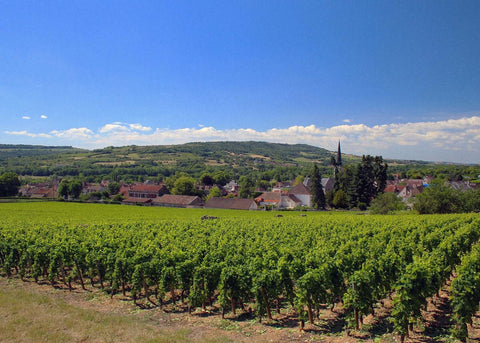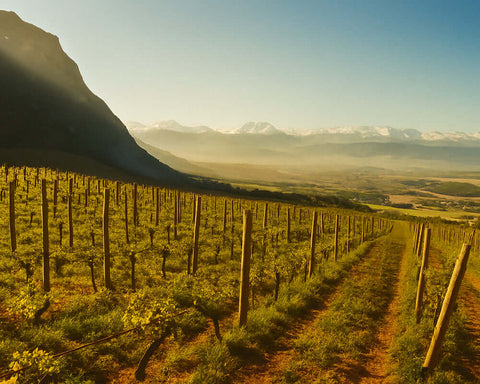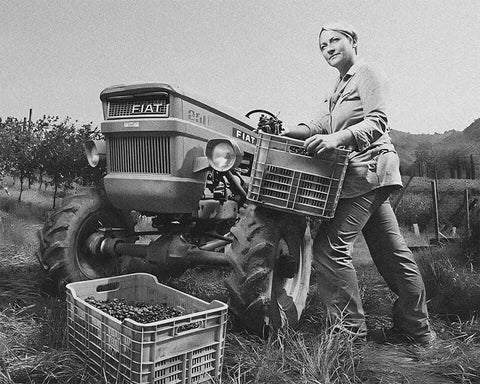Garganega is a prominent white grape variety primarily grown in the Veneto region of Italy. Known for producing the celebrated Soave wine, this grape is appreciated for its versatility and unique characteristics. This essay explores the history, viticultural characteristics, global cultivation, wine characteristics, winemaking techniques, and food pairings associated with Garganega.
History and Origin
Garganega has ancient roots in the Veneto region, particularly around Soave. Historical records suggest this grape has been cultivated since at least the Roman era. Its long-standing presence in the region has made it a cornerstone of Venetian viticulture.
Viticultural Characteristics
Garganega vines are known for their vigor and adaptability. They thrive in volcanic and calcareous soils, which are abundant in the Soave region. The grape clusters are medium to large, with thick skins that provide disease resistance. Garganega is a late-ripening variety, which allows for extended hang time and the development of complex flavors.
Global Cultivation
While primarily grown in Veneto, Garganega is also cultivated in other parts of Italy, including Sicily, known as Grecanico Dorato. It has limited but growing plantings in other countries, such as Australia and the United States, where winemakers are exploring its potential.
Wine Characteristics
Wines made from Garganega are typically light to medium-bodied with notable acidity. Common flavors include green apple, pear, lemon, and almond, often with floral and herbal notes. In Soave, Garganega can produce fresh, young wines and more complex, age-worthy expressions. The best examples from volcanic soils exhibit a distinct minerality.
Winemaking Techniques
Winemakers use various techniques to highlight Garganega's characteristics. Fermentation usually uses stainless steel to preserve freshness and fruit purity. Some winemakers opt for barrel fermentation and aging to add complexity and texture. Late harvest and appassimento methods are also used to create sweeter, richer wines.
Food Pairing
Garganega's acidity and flavor profile make it versatile with food. It pairs well with seafood, particularly shellfish and grilled fish. It complements light pasta dishes, risotto, and vegetable-based dishes. The wine's subtle almond notes make it a good match for dishes featuring nuts or mild cheeses.

